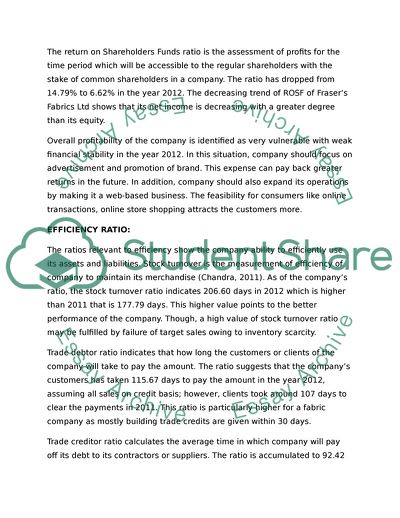Cite this document
(Business Accounting for Managers Coursework Example | Topics and Well Written Essays - 4500 words - 1, n.d.)
Business Accounting for Managers Coursework Example | Topics and Well Written Essays - 4500 words - 1. https://studentshare.org/finance-accounting/1835993-business-accounting-for-managers
Business Accounting for Managers Coursework Example | Topics and Well Written Essays - 4500 words - 1. https://studentshare.org/finance-accounting/1835993-business-accounting-for-managers
(Business Accounting for Managers Coursework Example | Topics and Well Written Essays - 4500 Words - 1)
Business Accounting for Managers Coursework Example | Topics and Well Written Essays - 4500 Words - 1. https://studentshare.org/finance-accounting/1835993-business-accounting-for-managers.
Business Accounting for Managers Coursework Example | Topics and Well Written Essays - 4500 Words - 1. https://studentshare.org/finance-accounting/1835993-business-accounting-for-managers.
“Business Accounting for Managers Coursework Example | Topics and Well Written Essays - 4500 Words - 1”. https://studentshare.org/finance-accounting/1835993-business-accounting-for-managers.


